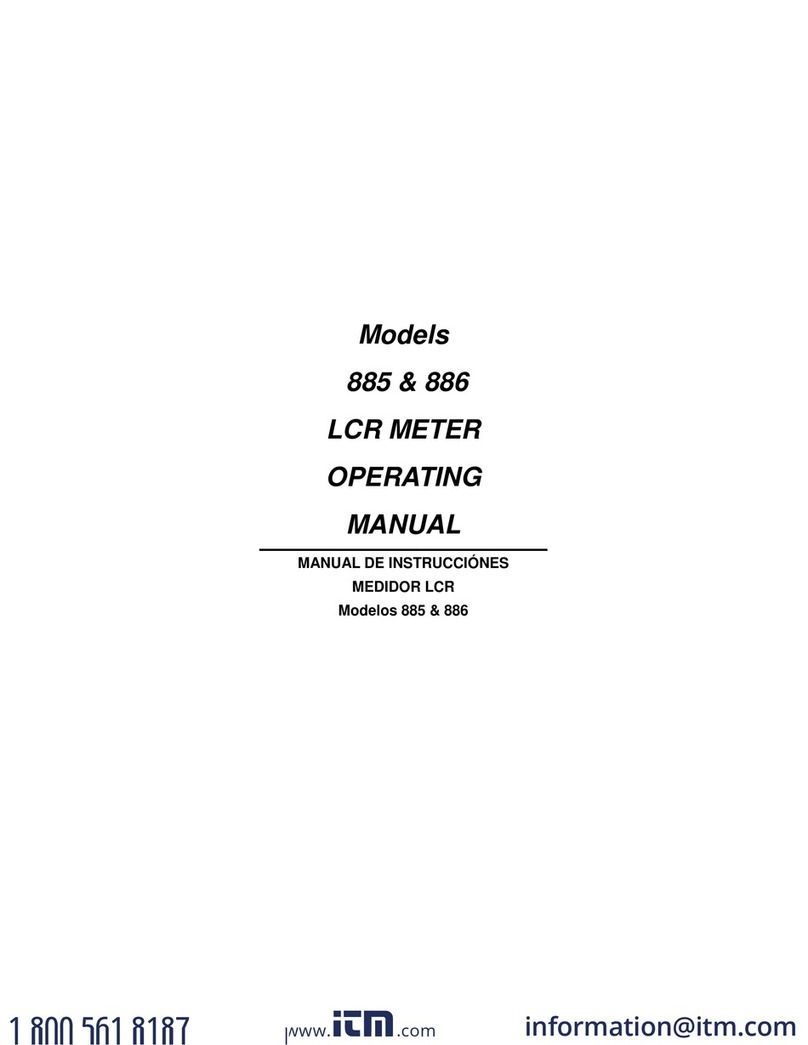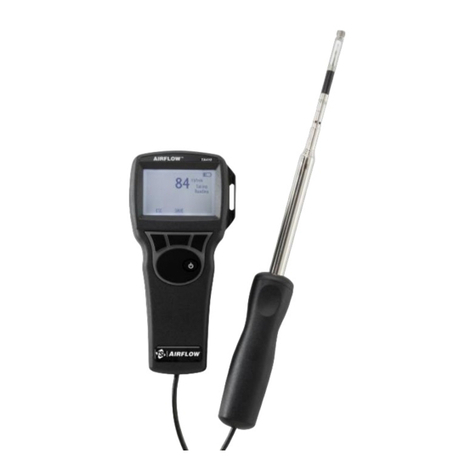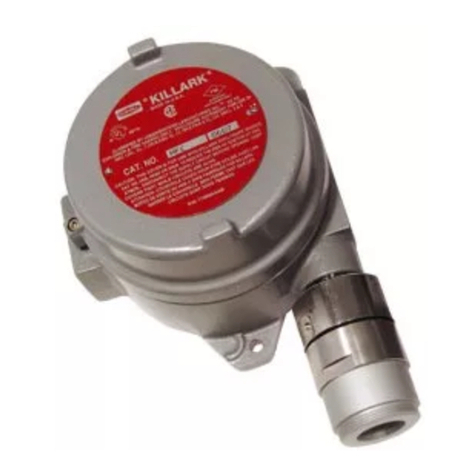Itm Accutek III User manual
Other Itm Measuring Instrument manuals
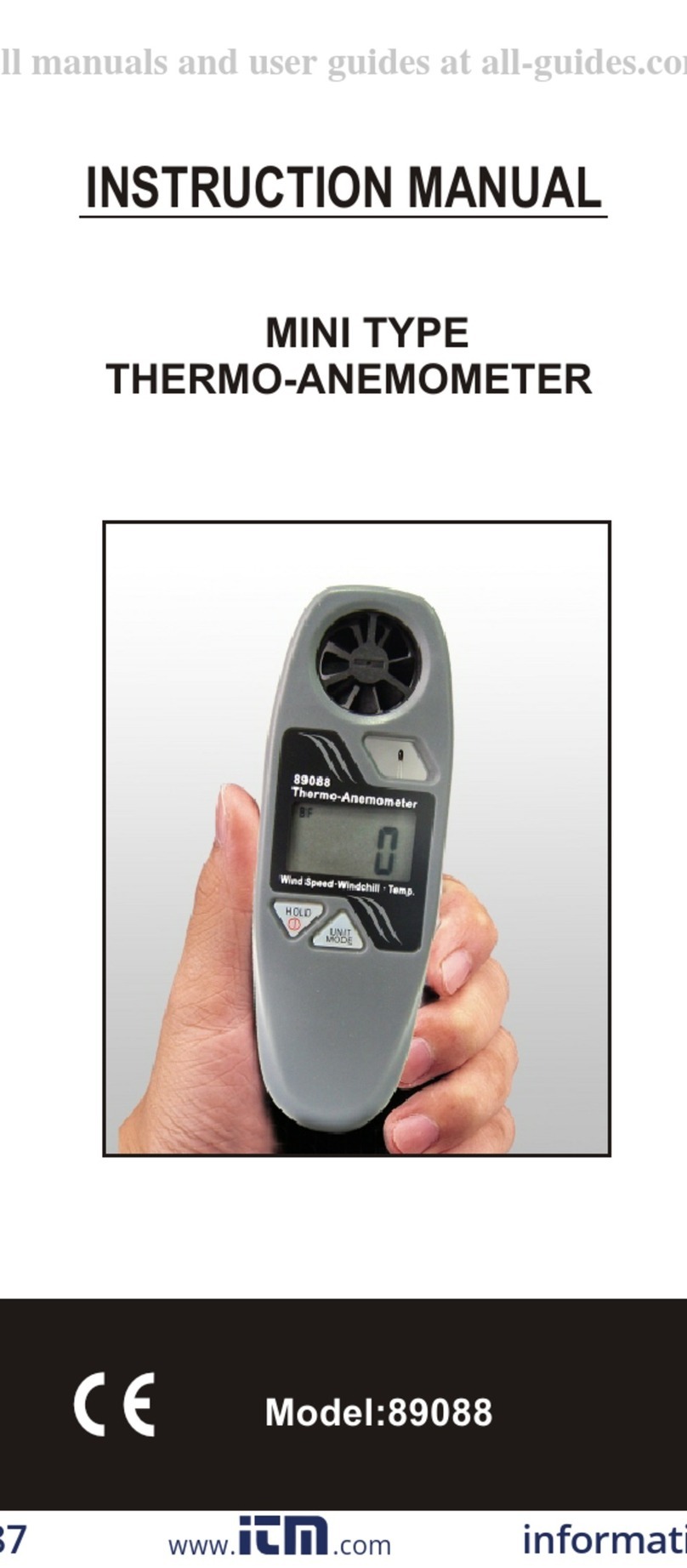
Itm
Itm 89088 User manual
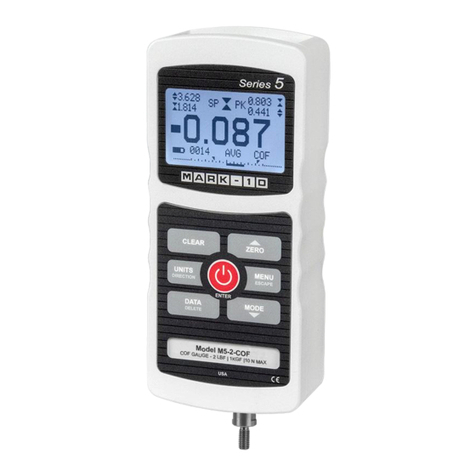
Itm
Itm 5 Series User manual
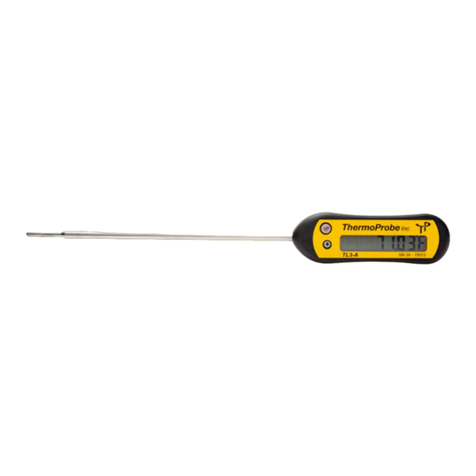
Itm
Itm ThermoProbe TL3-A User manual
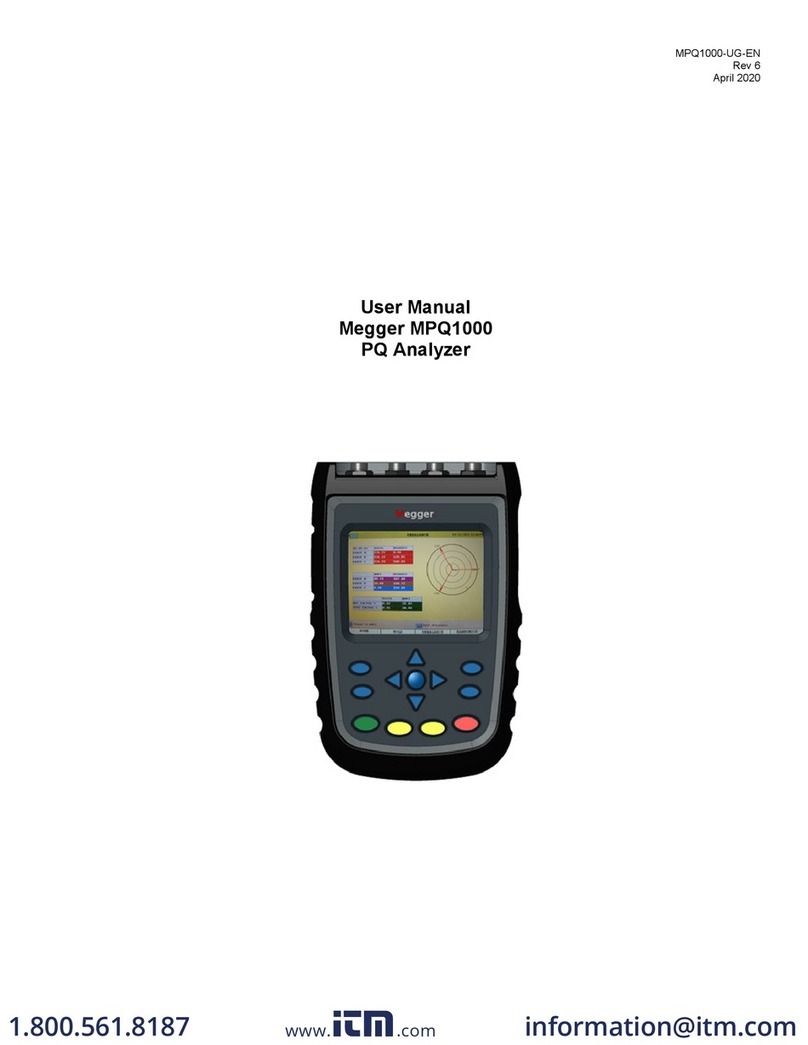
Itm
Itm Megger MPQ1000 User manual

Itm
Itm HT9021 User manual
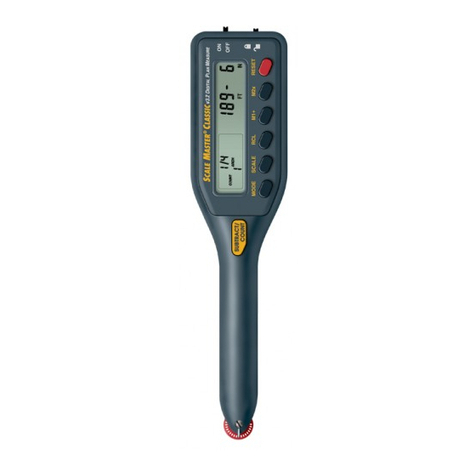
Itm
Itm SCALE MASTER CLASSIC 6020 User manual

Itm
Itm Mark-10 Series 3 User manual
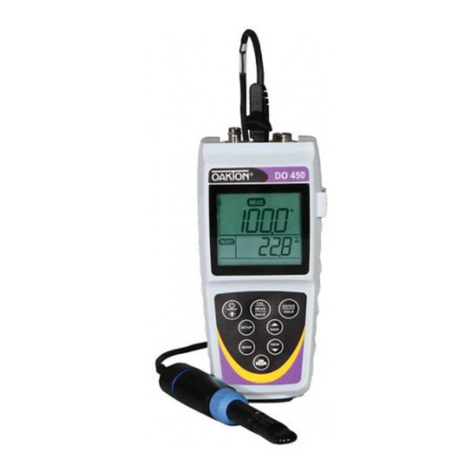
Itm
Itm Oakton 450 Series User manual
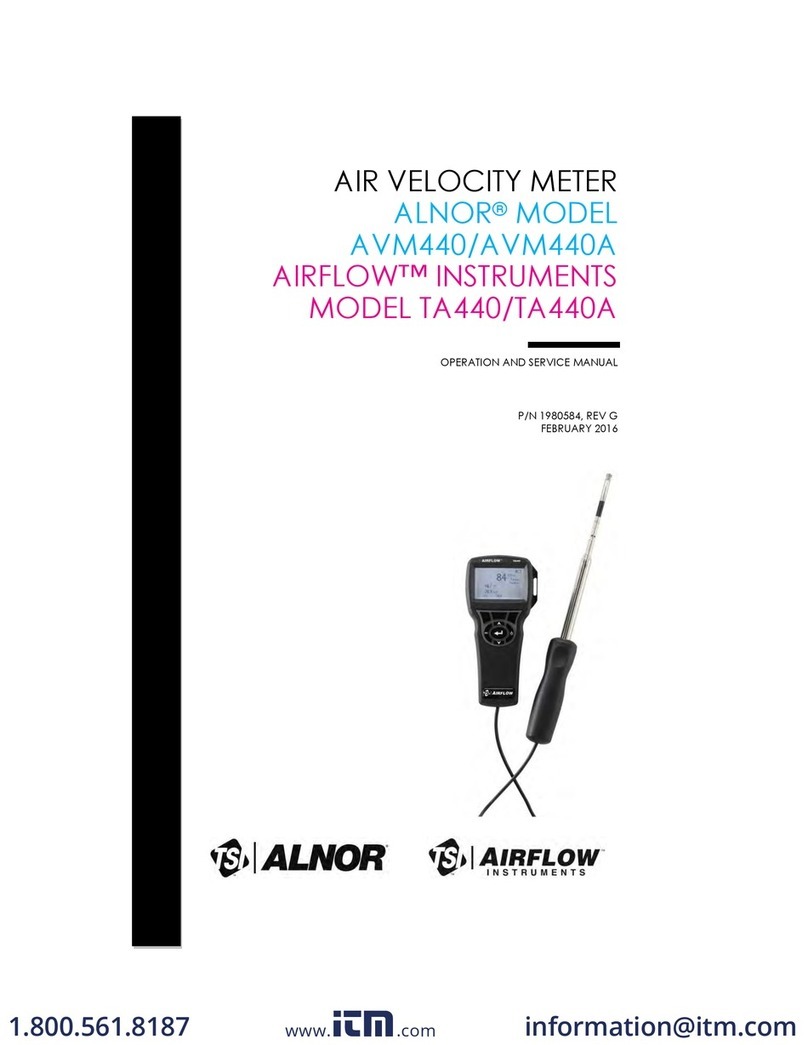
Itm
Itm ALNOR AVM440 Operation manual

Itm
Itm EasyLog EL-MOTE User manual
Popular Measuring Instrument manuals by other brands

Powerfix Profi
Powerfix Profi 278296 Operation and safety notes

Test Equipment Depot
Test Equipment Depot GVT-427B user manual

Fieldpiece
Fieldpiece ACH Operator's manual

FLYSURFER
FLYSURFER VIRON3 user manual

GMW
GMW TG uni 1 operating manual

Downeaster
Downeaster Wind & Weather Medallion Series instruction manual

Hanna Instruments
Hanna Instruments HI96725C instruction manual

Nokeval
Nokeval KMR260 quick guide

HOKUYO AUTOMATIC
HOKUYO AUTOMATIC UBG-05LN instruction manual

Fluke
Fluke 96000 Series Operator's manual

Test Products International
Test Products International SP565 user manual

General Sleep
General Sleep Zmachine Insight+ DT-200 Service manual
